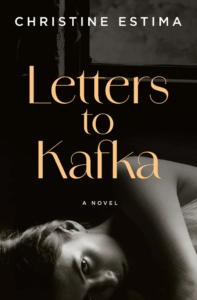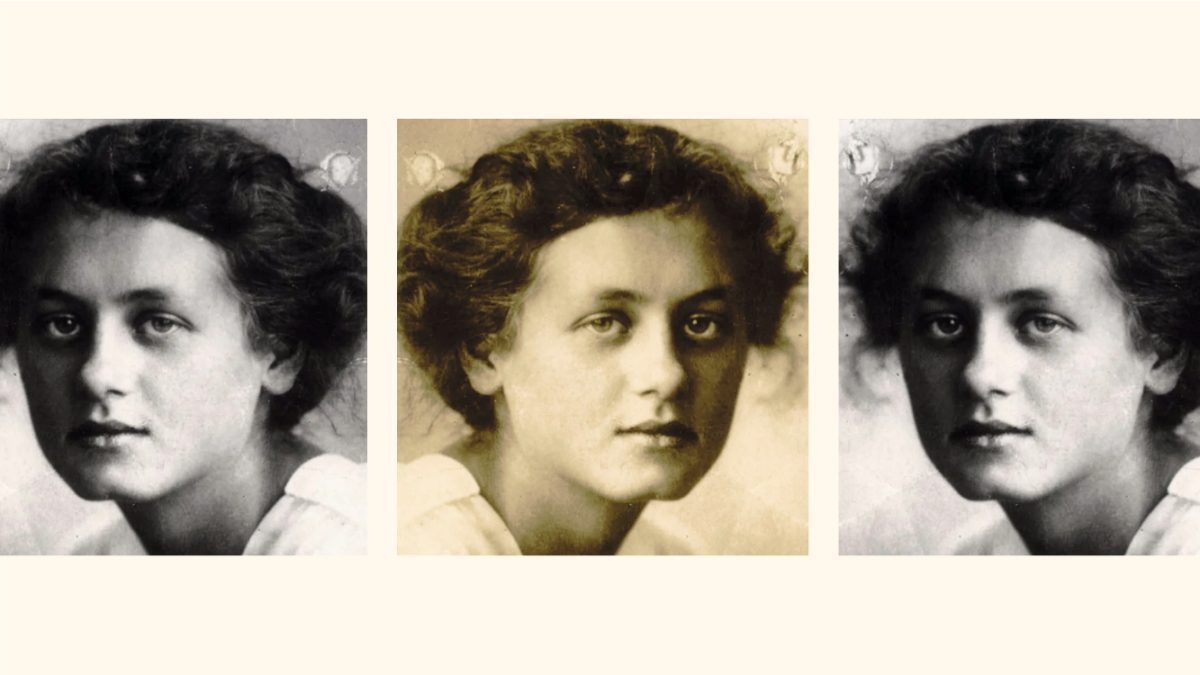Vienna of 1920 was not the cosmopolitan Vienna of today. The Great War was over, causing the collapse of the Austro-Hungarian Empire. If one wasn’t killed by the brutal warfare, then the 1918 Spanish Flu epidemic finished the job. Vienna was a capitulated city under international sanctions: there were fuel shortages, coal shortages, and bread lines that wrapped around the block. Inflation was out of control. Men were coming back from the front or POW camps with hastily patched-up faces and phantom limbs. And then there was Milena Jesenská: 24, trapped in a complicated marriage to banker Ernst Pollak, who dreamed of being writer.
Article continues after advertisement
In 1918, Milena—a Prague native—was committed to what was then called an “insane asylum” by her disapproving father for carrying on with Pollak, who was Jewish. Milena was not, and antisemitism was rife in Europe even before the rise of National Socialism. Twenty-two-year-old Milena broke out of the asylum, quickly married Pollak, and relocated to Vienna. In Prague, they had socialized with the Czech and Slovak intelligentsia of the day, attending glittering literary salons and rubbing elbows with the greatest minds and artists of the day. But in Vienna, Pollak kept a mistress, and Milena had to take a job porting valises at the train station just to make ends meet.
I wanted people to think of her as a prolific and storied historical figure, rather than simply a lover of Kafka’s.
But her aunt Růžena Jesenská had been a prolific writer of feuilletons for the Czech cultural papers, and Milena knew she could do the same: after all, she had rubbed elbows with Rainer Maria Rilke, Karel Čapek, and a certain famed author of The Metamorphosis, Franz Kafka. So, in early 1920, Milena wrote to Kafka, asking if she could translate his story The Stoker from German into Czech. In doing so, Milena became Kafka’s first translator.
It was in writing to each other about these translations that the pair struck up an epistolary love affair.
History records that in the summer of 1920, the pair met up twice for two lovers’ trysts, once in Vienna and once in border-town Gmünd, but it is not known what occurred during these trysts. There are mentions, traces, and shadows of it in letters from Milena to mutual friend and editor Max Brod, and by Kafka in his journals, but not in any significant, expository detail. In the end, their love affair couldn’t last. She was unwilling to leave Pollak, and Kafka was intimidated by her intelligence. In 1924, Kafka, who had suffered his entire life with Tuberculosis, died from complications of the disease.
After his death, Milena became instrumental in fighting the rise of fascism in Europe. She not only contributed to banned publications denouncing the Nazi occupiers who had marched through Czechoslovakia and annexed Austria, but she also hid Jews and dissidents in her home, helping many escape over the border to freedom, including her (by then ex-)husband Pollak.
Because of this, she was arrested by the Gestapo in 1939, and died in Ravensbrück concentration camp in 1944.
And for the past 80 years, her name has largely been forgotten to the passage of time. Outside of the Czech Republic, almost no one has heard of her. And for most of my life, that included me.
*
I first heard the name Milena Jesenská circa 2013 when I was living in London, UK. I was working as a freelance writer and totally broke, barely selling any stories. It was then I heard about a fellowship for European journalists (the UK was still part of Europe in 2013) offered by a university in Vienna that was called the Milena Jesenská Fellowship for Journalists. I applied, and in doing so, my curiosity about the woman whose name it bore grew. I bought all five of the books about her that had been translated into English, and as I read about her life, I became utterly besotted with her story.
She refused to follow the rules of patriarchal society and carved out her own idea of what life should be during a time when women weren’t allowed such liberties: her ability to have a career traditionally reserved for men and excel at it, her gumption, her free spirit, her libertine ways, and even that she was a thief. When her social circle postured like peacocks, she picked their pockets. I adored that.
As the kids might say, I stan a Queen.
In perhaps the greatest blow to her writing legacy, Milena is not considered a written authority on her own life. She is only remembered (if she is remembered at all) not by her own words, but by the words of others. Several biographies have been written about her. Margarete Buber-Neumann, who was incarcerated with her at Ravensbrück concentration camp, wrote one such biography. Milena’s daughter Jana Černá wrote another. British journalist Mary Hockaday wrote an incredible biography, but perhaps she is mostly remembered in the epistolary book Letters to Milena, which was published in the 1950s by Kafka’s editor and friend Max Brod against Kafka’s final wishes. The book only contains Kafka’s letters to Milena. Milena’s letters to Kafka have never been found.
Her fate is that of many women: remembered only for the men they loved, and their achievements glossed over. Every day we learn more and more about the great achievements attributed to men that were actually discovered and spearheaded by women. This was true for years for famed Mexican artist Frida Kahlo: it was her husband Diego Rivera who was considered the great artist of their time. It’s only been since her passing that she’s received her overdue accolades. That’s what I wanted for Milena. I wanted people to think of her as a prolific and storied historical figure, rather than simply a lover of Kafka’s. She was so much more.
I desired to know her, to meet her, to talk to her, to see things from her point of view, so I wrote what was missing.
My novel, Letters to Kafka, written from her perspective, allows Milena to act as an authority on her own life. It is my attempt to free her from the perspective of biographers, friends, family, and men. In it, I imagine what her long-lost letters to Kafka might have said, what might have happened during their two trysts, and what might have transpired during her interrogations by the Nazis leading to her eventual incarceration at Ravensbrück. Told in two timelines, Letters to Kafka explores her role as an active resistance fighter in Czechoslovakia after the Nazis annexed the country in 1938, and her life in Vienna from 1918 to 1925, forging her own path separate from her husband, and Kafka. The novel offers a re-evaluation of her legacy, both as a writer, a resistance figure, and as a feminist.
I spent four years in nonstop research-mode, that involved scouring the historical records—including census records, voter rolls, declassified military files, and every historical interview or text concerning her story—countless visits to Vienna and Prague, performing on-site research at the museums in each city, and even interviewing biographer Mary Hockaday. Then and only then did I realize that I, in essence, knew her. When reading Letters to Milena, I could ostensibly fill in the gaps left by her absent letters, and I could clearly see how she was responding to Kafka’s letters. I knew how she would have handled that affair, and how to control her life which often seemed in shambles.
My hope is that Letters to Kafka works in concert with Letters to Milena, operating almost as a response to the famed 1950s book, even though having read that earlier work is not necessary to enjoy my novel. Because so many people have never heard of Milena, I crafted the novel in a manner that allows everyone to get to know her. One day, I hope, she will not be known as “Kafka’s lover.”
Franz Kafka once said, “By believing passionately in something that still does not exist, we create it. The non-existent is whatever we have not sufficiently desired.” I wrote Letters to Kafka because this was the novel I wanted to read. I wanted to read about this powerful, brazen, courageous, and complicated woman, and I wanted to know who she was beyond Kafka’s lover. I desired to know her, to meet her, to talk to her, to see things from her point of view, so I wrote what was missing. I hope, wherever she is, she is proud.
__________________________________

Letters to Kafka by Christine Estima is available from House of Anansi Press.
